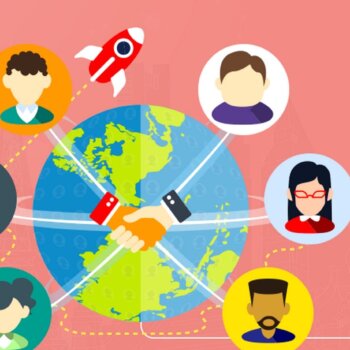Netflix and Disney have both announced their programming for 2021, underscoring increased home consumption, partly as a result of a year of lockdowns, but also as part of a long-term trend.
Almost the entire industry is trying to ensure that these changing trends don’t catch them out of step: Warner has said all of its 2021 releases will be simultaneously available on HBO Max, Disney has more than one hundred projects for Disney+, while Netflix, the solid leader in the streaming industry, will release at least one new film every week throughout the year, in addition to its usual series.
There’s clearly a transition underway here, as more and more movies are premiered on television, leaving behind the big screen releases that differentiated ‘the movies’ from TV movies or telefilms, which until recently were considered the poor relative. But 2021 will see top actors and directors on the small screen, in many cases with contracts that commit them to a number of projects, while the subject of those movies and series is increasingly decided on the basis of algorithms that take into account viewers’ consumption preferences. If we add the increasing availability of broadband connections, large-screen TVs and quality home sound systems, it’s easy to see how an an entire industry is being transformed. Sony has just launched Blu-Ray quality content exclusively for its Bravia televisions, which does not intend to compete with the big streaming companies, but could help maintain standards and increase the average quality of movies and series.
Streaming has already changed the music industry, now it’s being applied to audiovisual content: virtually unlimited content in exchange for a monthly subscription, is reinforced by the offer of devices that increasingly allow quality consumption without leaving home.
The effect of a year like 2020, which saw many of us locked down for months on end, has seen a huge increase in the number of subscriptions to streaming services and the time we spend watching content, has contributed enormously to the consolidation of the phenomenon, generating a change in habits. It remains to be seen whether movie theaters can compete with this, and the commitment not only of Netflix, but of the rest of the industry, seems to clearly indicate it.
The change of model also affects traditional television channels, which are finding it harder and harder to compete with cash-rich companies with global reach.
Are we facing a global change in the content consumption model? Has the pandemic killed the movie theaters? Will we continue going to the movies or is it the end of the silver screen, to popcorn and to a social activity? Substitute or complement? Do you see yourself, once we’ve all been vaccinated, leaving the house again to go to the cinema, or have we already adapted, as the industry seems to predict, to consuming content on the couch at home?
Follow me on Twitter or LinkedIn. Check out my website or some of my other work here.






























